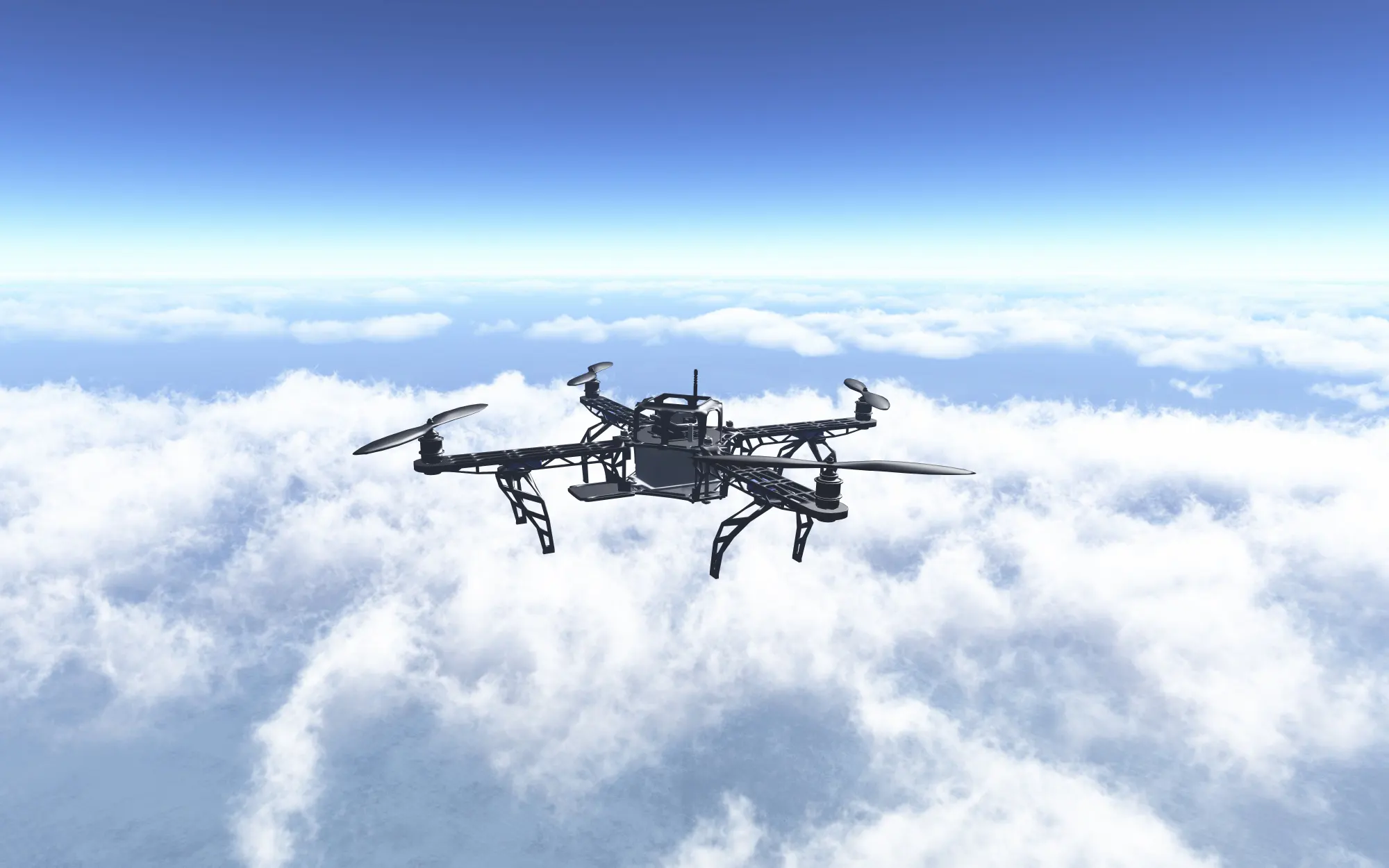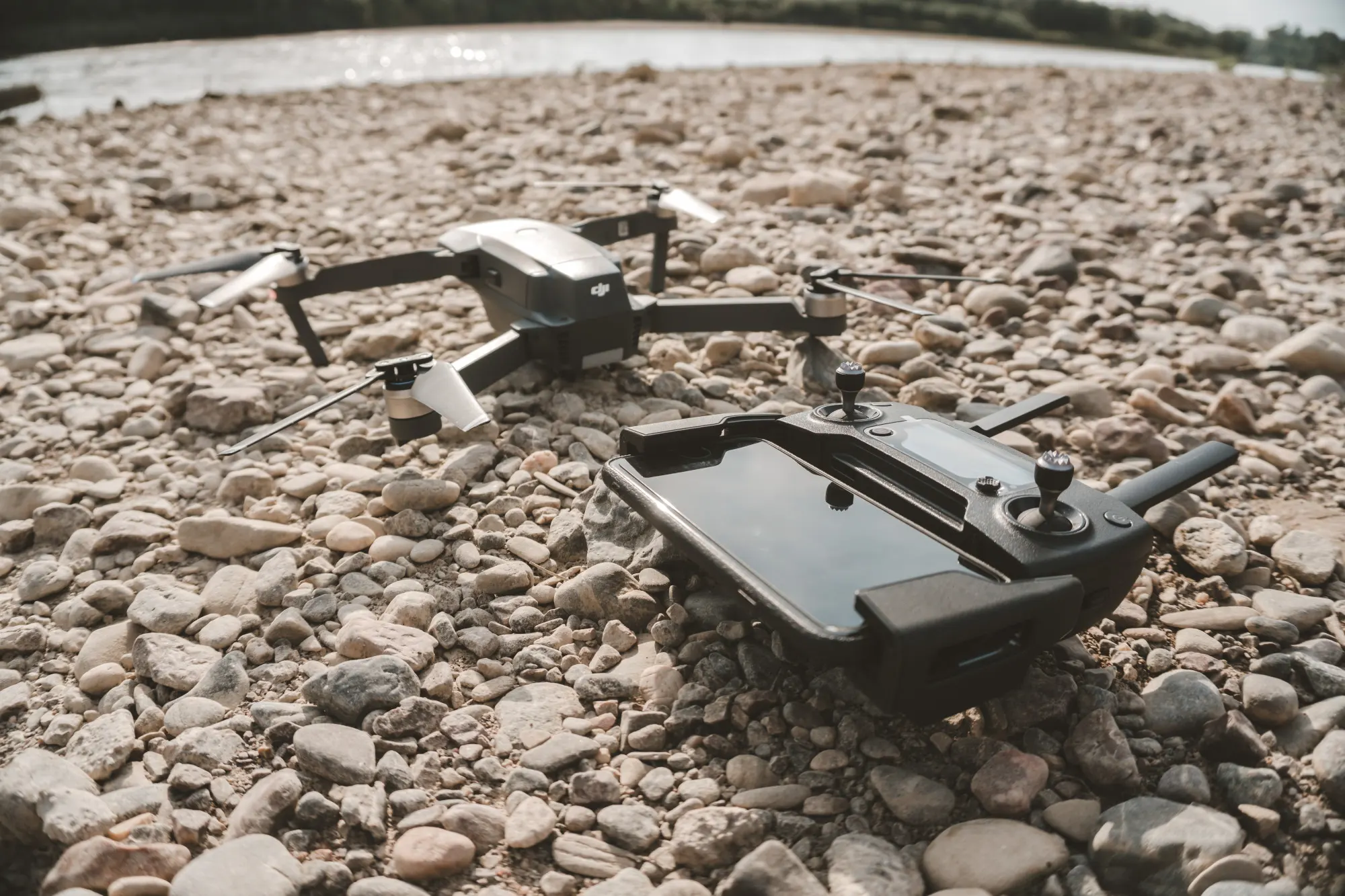How Drone Thermal Imaging is Transforming Building Inspections
In recent years, the construction and property inspection industries have witnessed a technological revolution. Among the most groundbreaking innovations is drone thermal imaging, a technology that has dramatically transformed how building inspections are conducted. By combining the agility of drones with the precision of thermal imaging, this method has opened new possibilities for identifying structural defects, energy inefficiencies, and moisture issues. This article explores the profound impact of drone thermal imaging on building inspections, its advantages, applications, and why it has become a critical tool for modern building diagnostics.
What is Drone Thermal Imaging?
Drone thermal imaging involves the use of drones equipped with thermal cameras to capture heat signatures from buildings and structures. Thermal cameras detect infrared radiation emitted by objects, converting it into visible images that reveal temperature variations. When mounted on drones, these cameras can inspect hard-to-reach areas such as rooftops, facades, and large infrastructure efficiently and safely.
Thermal imaging highlights temperature anomalies, which can indicate problems such as air leaks, moisture intrusion, poor insulation, or electrical issues. By leveraging the mobility of drones, inspectors can gather comprehensive data without the need for scaffolding, ladders, or other manual inspection methods.
Advantages of Drone Thermal Imaging for Building Inspections
- Access to Hard-to-Reach Areas
Traditional inspection methods often struggle to reach high or inaccessible areas, such as tall rooftops, expansive walls, or remote industrial sites. Drone thermal imaging eliminates these challenges by providing an aerial perspective, ensuring that no part of a structure is overlooked.
- Enhanced Safety
Inspecting large or structurally compromised buildings can pose significant risks to inspectors. By using drones, professionals can conduct detailed inspections without putting themselves in harm’s way, minimizing the need for physical access to hazardous areas.
- Time Efficiency
Manual inspections can be time-consuming, especially for large buildings or multi-site projects. Drone thermal imaging drastically reduces inspection time, enabling quick data collection and analysis.
- Cost-Effectiveness
By eliminating the need for scaffolding, cranes, and other equipment, drone thermal imaging reduces the overall cost of inspections. Additionally, its ability to identify problems early prevents costly repairs in the future.
- Comprehensive Data Collection
Thermal imaging captures detailed temperature data, providing valuable insights into a building’s condition. Paired with drones, this technology allows for the creation of detailed thermal maps that cover an entire structure.
Applications of Drone Thermal Imaging in Building Inspections
- Detecting Energy Loss
One of the primary uses of drone thermal imaging is identifying areas of energy loss in buildings. Poor insulation, air leaks, and thermal bridging are common culprits that increase energy consumption. Drones equipped with thermal cameras can quickly pinpoint these issues, enabling property owners to implement energy-saving measures.
- Moisture Detection
Moisture intrusion can lead to mold growth, structural damage, and compromised indoor air quality. Drone thermal imaging detects moisture by identifying cooler areas caused by evaporation or water accumulation, making it an invaluable tool for identifying leaks in roofs, walls, and foundations.
- Roof Inspections
Roofs are particularly challenging to inspect due to their height and structure. Drone thermal imaging allows inspectors to identify problems such as heat leaks, water ponding, and damaged insulation without the need for physical access.
- Facade Inspections
Thermal imaging can reveal cracks, gaps, and other defects in building facades that are not visible to the naked eye. Drones make it easier to inspect these vertical surfaces thoroughly and efficiently.
- Electrical System Analysis
Overheating in electrical systems can signal potential failures or fire hazards. Drone thermal imaging detects hot spots in electrical panels, transformers, and wiring, enabling timely interventions.
- Inspection of Industrial Facilities
Large industrial sites, such as factories and warehouses, benefit significantly from drone thermal imaging. It can be used to inspect machinery, pipelines, and HVAC systems, ensuring optimal performance and safety.

Case Study: The Role of Drone Thermal Imaging in Leak Detection
A recent inspection of a multi-story office building highlighted the power of drone thermal imaging. The building experienced persistent leaks, but traditional methods failed to locate the source. Using a drone equipped with a thermal camera, inspectors quickly identified temperature anomalies in the roofing membrane and facade joints. Repairs were implemented precisely where needed, saving the client time and money while preventing further damage.
This case demonstrates how drone thermal imaging streamlines the leak detection process and provides actionable insights for building maintenance.
Future of Drone Thermal Imaging in Building Inspections
As technology continues to advance, drone thermal imaging is expected to play an even larger role in building inspections. Innovations such as AI-powered image analysis and real-time data streaming will enhance its accuracy and efficiency. Furthermore, as drones become more affordable and accessible, smaller businesses and individual property owners will increasingly adopt this technology.
Governments and industry organizations are also recognizing the value of drone thermal imaging, with many incorporating it into building codes and standards. Its ability to improve sustainability by identifying energy inefficiencies aligns with global efforts to combat climate change.
Choosing a Drone Thermal Imaging Service
When selecting a drone thermal imaging provider, it’s essential to consider the following:
- Experience and Certification: Look for providers with certified drone operators and experience in thermal imaging.
- Equipment Quality: Ensure the drones and thermal cameras used are of high quality to deliver accurate results.
- Comprehensive Reporting: Choose a provider that offers detailed reports with actionable insights.
- Customer Reviews: Research reviews and case studies to gauge the provider’s reputation and track record.
Conclusion
Drone thermal imaging is undeniably transforming the field of building inspections. By combining advanced thermal imaging technology with the versatility of drones, it offers unmatched efficiency, safety, and accuracy. From detecting energy inefficiencies to identifying structural defects, this innovative approach is revolutionizing how buildings are maintained and repaired. As adoption grows, drone thermal imaging will continue to set new standards in the industry, making it an indispensable tool for property owners and inspectors alike.
For more details about our Thermal Inspection for Buildings services, visit our dedicated page to explore how drone thermal imaging can benefit you. If you’re ready to schedule an inspection or have any questions, contact us today. Our experienced team is here to provide you with precise, reliable, and tailored solutions for your building’s needs.

